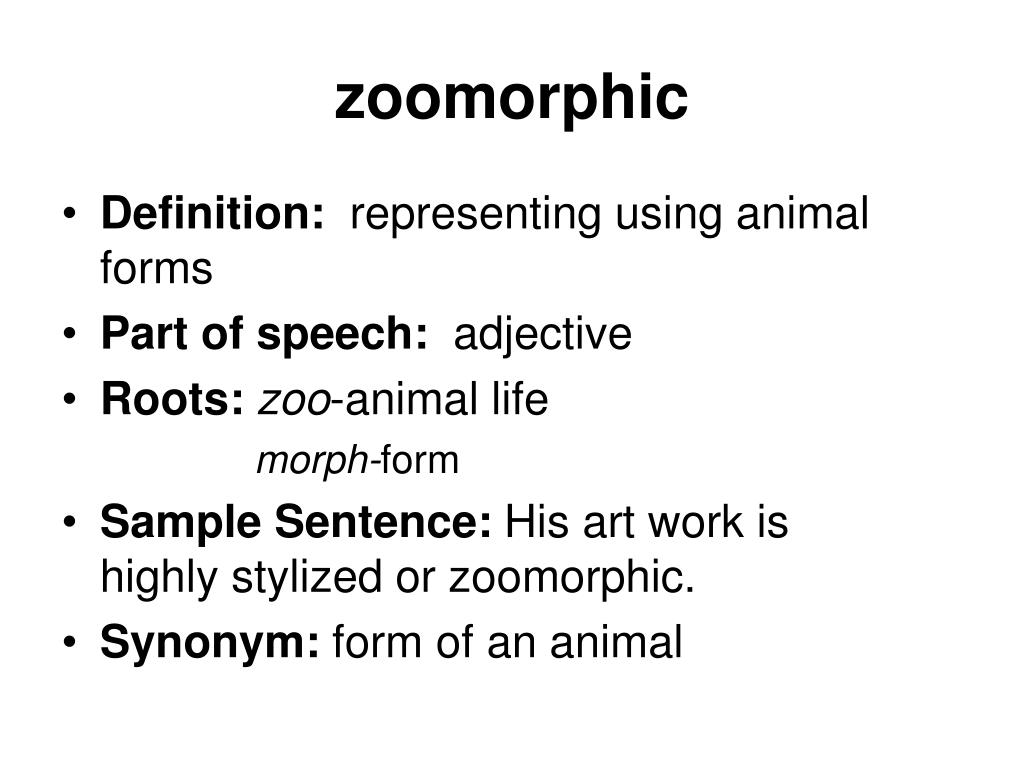

This work does not reflect US EPA policy.AI is the ability of a machine to display human-like capabilities such as reasoning, learning, planning and creativity.ĪI enables technical systems to perceive their environment, deal with what they perceive, solve problems and act to achieve a specific goal.

Establishing these key linkages at various levels of biological complexity will aid in the interpretation of serum hormone data gathered within a regulatory context. Elucidating mechanistic underpinnings of thyroid signaling pathways will increase our understanding of the many roles of thyroid hormone in the brain and potentially provide more direct measures of brain dysfunction. Timing, duration, and severity of insult are all critical components to consider when determining the relationship of exposure to outcome. Anatomical defects in the process of neurogenesis in the adult hippocampus and neuronal migration in the immature brain will be described. Functionally, dose-dependent decrements in synaptic neurotransmission in the hippocampus, and impairments in synaptic plasticity mechanisms tied to learning impairments will be presented. Our work in rodents with a model chemical, propylthiouracil (PTU) has been directed to: 1) conduct a dose-response analysis with a focus on moderate degrees of hormone disruption 2) identify brain phenotypes – functional, neuroanatomical, molecular- that may be used to characterize the effects of TDC downstream from serum hormone reductions 3) examine the stage-specificity of these insults and the fidelity of timing on hormone reduction to resultant phenotype 4) define mechanisms underlying thyroid-signaling pathways that lead to such deficits and finally to 5) provide quantitative information that is useful for predictive modeling.

There is a lack of data on structural or functional apical measures of adversity that could be specifically tied to moderate degrees of thyroid hormone disruption. As such, focus on the mechanisms and consequences of severe disruption have failed to provide the tools necessary to define the potential impact of more moderate thyroid hormone insufficiencies on development of the brain.

However, the well accepted dogma of the essentiality for adequate supplies of thyroid hormone for optimal brain development has been largely derived from studies of severe hormone deprivation, deficiencies that are rarely if ever achieved by environmental contaminants in humans or in animal test species. Several regulatory bodies require biochemical indices of thyroid hormones in serum following test chemical exposure to inform their assessment of potential risk. Many TDCs are identified and so classified by their ability to reduce circulating levels of thyroid hormones. The inherent complexity of the thyroid system allows for a variety of potential target sites for chemical interference and disruption of the system. Adverse neurodevelopmental consequences remain a primary concern when evaluating the effects of thyroid disrupting chemicals (TDC).


 0 kommentar(er)
0 kommentar(er)
